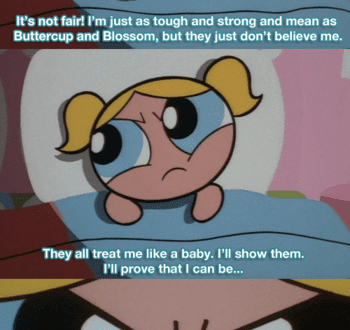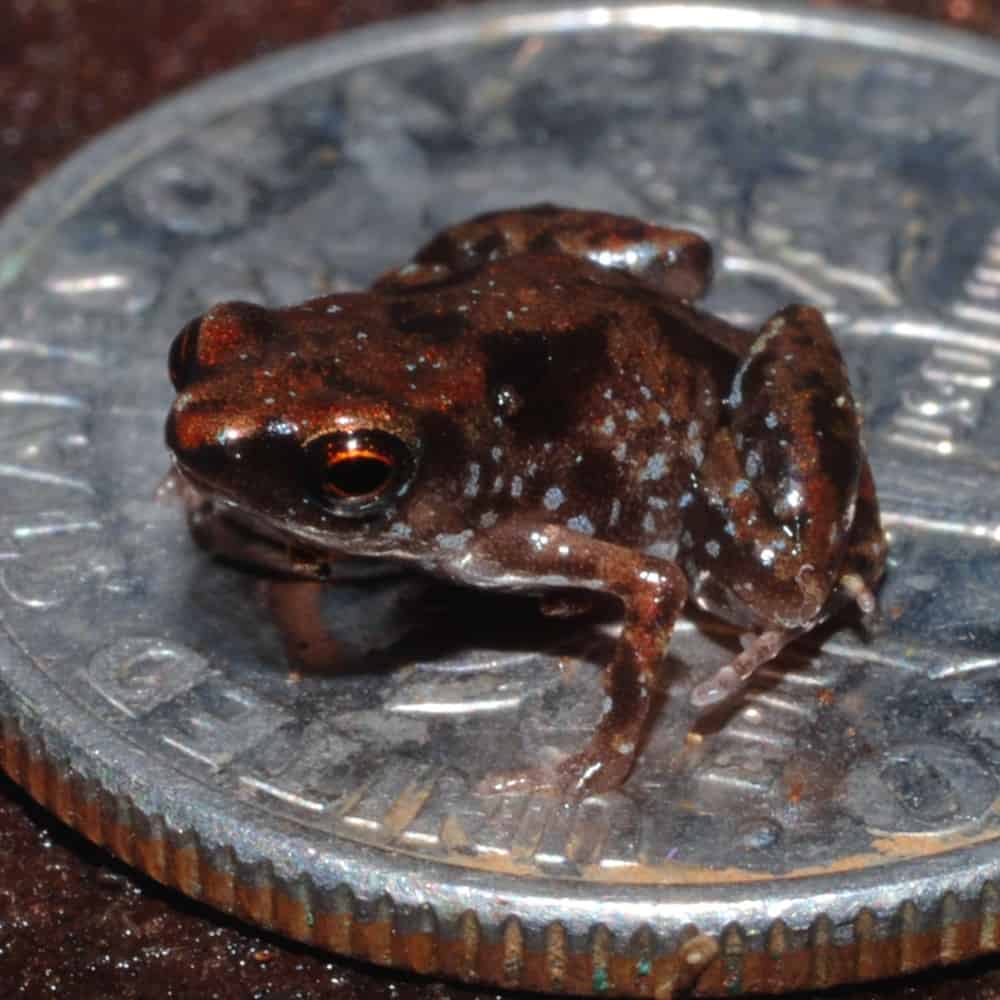
Top 10 smallest frogs in the world
Frogs are called all representatives of the order of tailless. They are distributed throughout the world. Places where they cannot be found can be counted on the fingers: Antarctica, Antarctica, Sahara and some islands remote from the mainland. There are a huge number of types of frogs. They differ not only in size and appearance, but also in lifestyle.
This article will focus on the smallest frogs in the world. Some of them are so tiny that they can not close a human nail (if you put an animal on it).
You can get to know these creatures better, find out where they live, what they eat and what they look like. Let’s start.
Contents
10 Red eyed tree frog
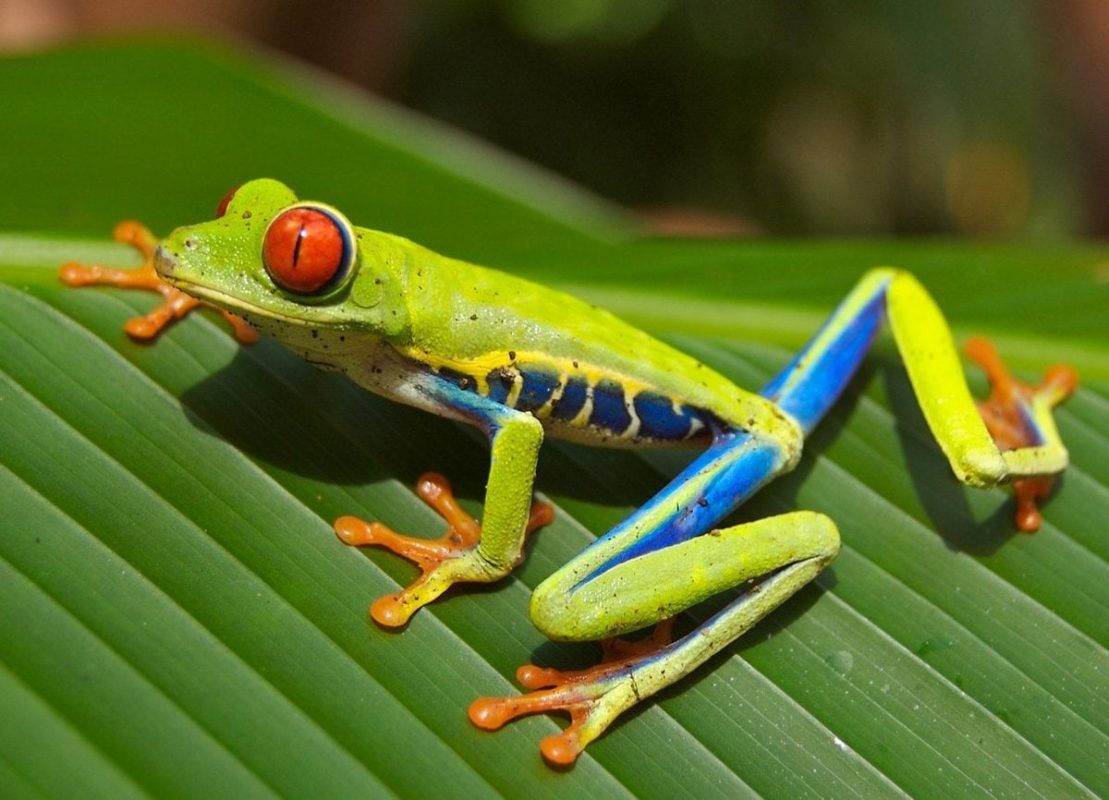 Red eyed tree frog – the most popular type of terrarium animals. Not surprisingly, they have a funny appearance, they are very similar to cartoon characters. The body length reaches 7,7 centimeters (in females), in males it is even less.
Red eyed tree frog – the most popular type of terrarium animals. Not surprisingly, they have a funny appearance, they are very similar to cartoon characters. The body length reaches 7,7 centimeters (in females), in males it is even less.
Habitat – Mexico, Central America. They are nocturnal arboreal animals. Their appearance changes depending on the time of day. During the day, they have a light green color, and the red eyes are covered with a lower translucent eyelid.
But at night they turn into their beauties. Their body acquires a bright green color, the frogs open their red eyes with vertical pupils and announce the whole area with loud cries. Frogs feed on small insects and invertebrates.
9. Paddlefoot rough
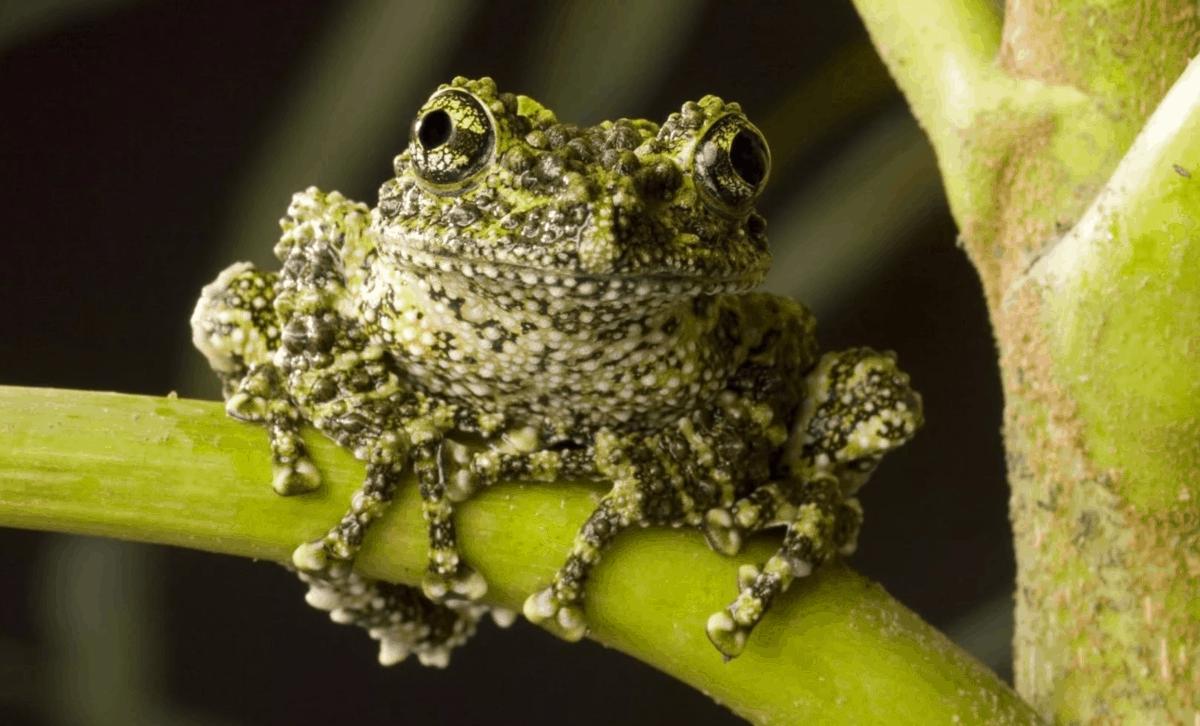 These frogs look like pieces of moss or lichen. Their unusual appearance and small size (from 2,9 cm to 9 cm) are the main reasons for their attractiveness for breeding in a terrarium. In addition, they are very unpretentious. The color can be bright green, dark brown. The body is massive, covered with warty growths, they are present even on the abdomen.
These frogs look like pieces of moss or lichen. Their unusual appearance and small size (from 2,9 cm to 9 cm) are the main reasons for their attractiveness for breeding in a terrarium. In addition, they are very unpretentious. The color can be bright green, dark brown. The body is massive, covered with warty growths, they are present even on the abdomen.
Paddlefish rough live in China, India, Malaysia, Sri Lanka and other areas. They are very fond of water, settle in tropical forests. Frogs feed on other invertebrates and are active at night.
8. blue dart frog
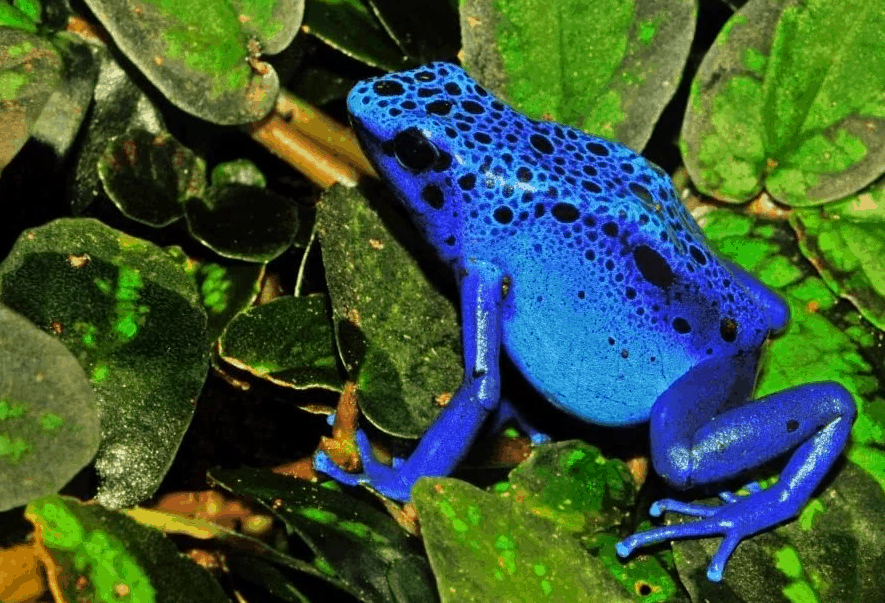 This frog is impossible to miss, although its body length rarely reaches more than 5 centimeters. The fact is that their skin is painted in a bright blue color, it is also covered with black spots.
This frog is impossible to miss, although its body length rarely reaches more than 5 centimeters. The fact is that their skin is painted in a bright blue color, it is also covered with black spots.
Frogs live in the tropical forests of Sipaliwini, on the border of Brazil, Guyana, etc. They live in small groups, no more than 50 individuals. The species is under the threat of extinction, the reason is a small habitat. Deforestation leads to a decrease in the population of frogs.
These anurans are poisonous. Previously, their poison was used to lubricate arrowheads, but it all depends on the food of the frogs. They receive harmful substances with food, their diet is small insects. blue dart frog can be kept in a terrarium. If you feed him crickets or fruit frogs, the frog will be absolutely safe.
7. Dread Leaf Climber
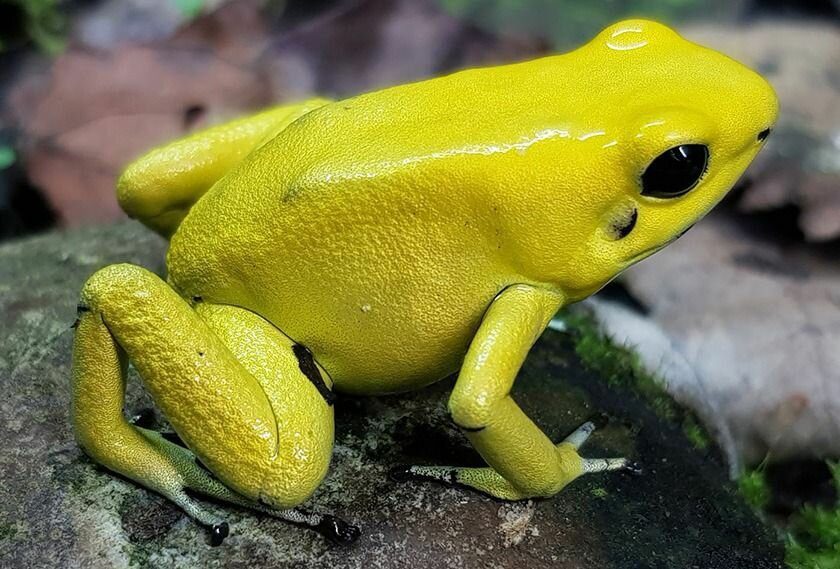 The frog got its name for a reason. She enters top most venomous animals on earth and can even kill an elephant. It is enough to touch the frog to get fatal poisoning. However, their color is quite bright, they seem to warn others about the danger.
The frog got its name for a reason. She enters top most venomous animals on earth and can even kill an elephant. It is enough to touch the frog to get fatal poisoning. However, their color is quite bright, they seem to warn others about the danger.
These are small animals of bright yellow color. Body length from 2 to 4 centimeters. Dread Leafcreepers live only in the southwest of Colombia. They choose the lower tiers of tropical forests, lead a daily lifestyle, and are quite active. Their diet is no different from the diet of other frogs.
They can be kept in captivity, without the necessary food they lose their poisonous properties. On the territory of our country, the content of leaf climbers is prohibited by a government decree.
6. baby frog
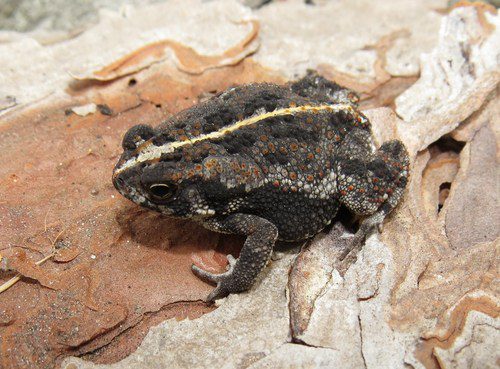 Habitat: Cape Province of South Africa. This is the only place where you can see representatives of this species. The body length of the frog does not exceed 18 mm. Color green, gray, brown with dark spots.
Habitat: Cape Province of South Africa. This is the only place where you can see representatives of this species. The body length of the frog does not exceed 18 mm. Color green, gray, brown with dark spots.
Most baby frogs there is a dark stripe on the back. They are very sensitive to habitat conditions, they choose wetlands. Usually in the summer they dry up, and the animals hibernate. They burrow into the mud, wake up when the rainy season starts.
5. Noblela
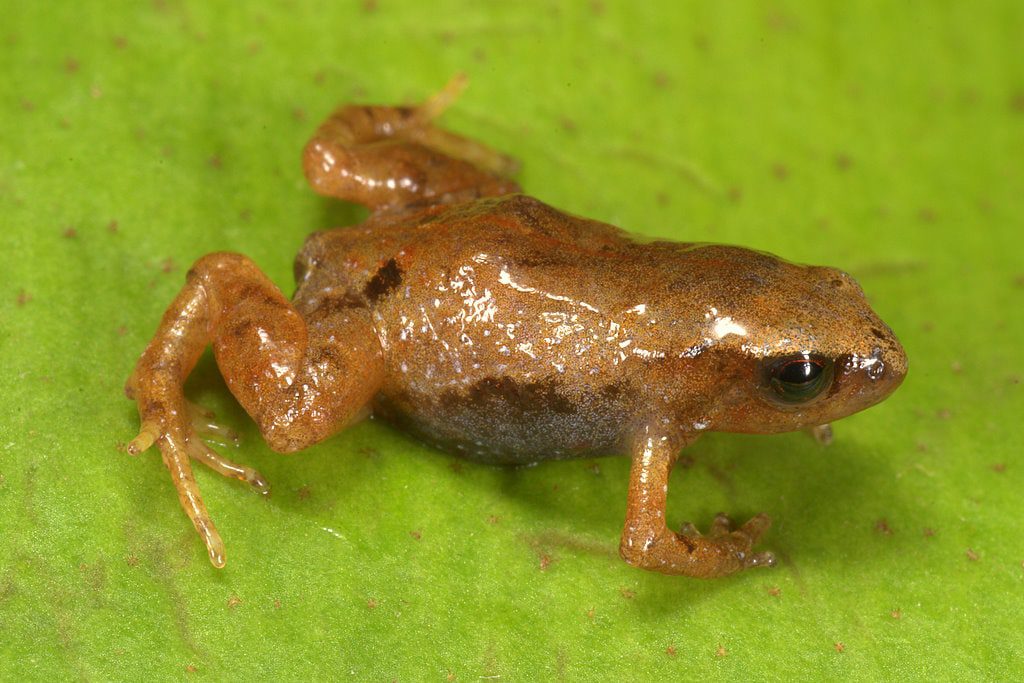 This frog is very difficult to spot. View noblela opened in 2008. Habitat – southern part of Peru, Andes. In addition to the miniature size – the body length does not exceed 12,5 mm, they have a camouflage color. Dark green “insects” are very difficult to see on the leaves of trees or in the grass.
This frog is very difficult to spot. View noblela opened in 2008. Habitat – southern part of Peru, Andes. In addition to the miniature size – the body length does not exceed 12,5 mm, they have a camouflage color. Dark green “insects” are very difficult to see on the leaves of trees or in the grass.
These frogs do not leave their “homeland”. They live in one place all their lives, unlike representatives of other species. Another difference is that Noblela embryos are immediately ready for a full-fledged life on earth, they do not become tadpoles.
4. saddle toad
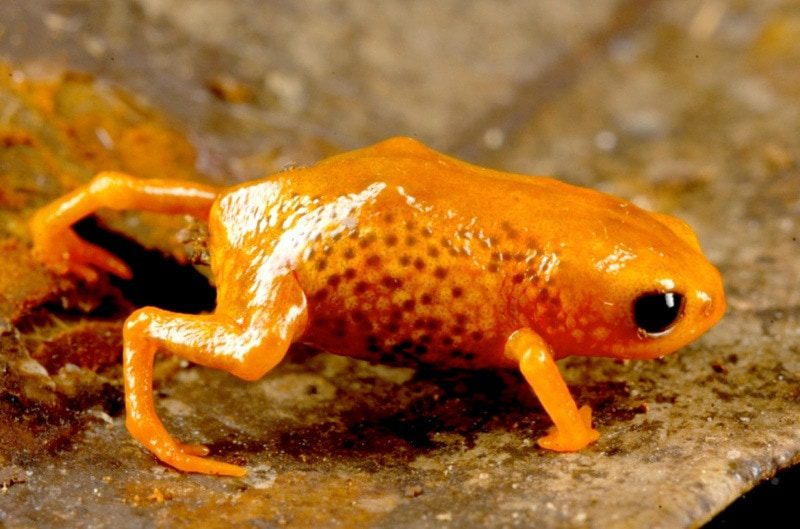 saddle toads live in southeastern Brazil, they prefer tropical forests and adore fallen leaves. Frogs are bright yellow or orange in color. Their body length reaches 18 mm, and females are larger than males.
saddle toads live in southeastern Brazil, they prefer tropical forests and adore fallen leaves. Frogs are bright yellow or orange in color. Their body length reaches 18 mm, and females are larger than males.
They were called saddle-bearing because of the presence of a bone plate on the back, which fuses with the processes of the vertebrae. Frogs are poisonous, they are diurnal, feed on small insects: mosquitoes, aphids, ticks.
3. Cuban whistler
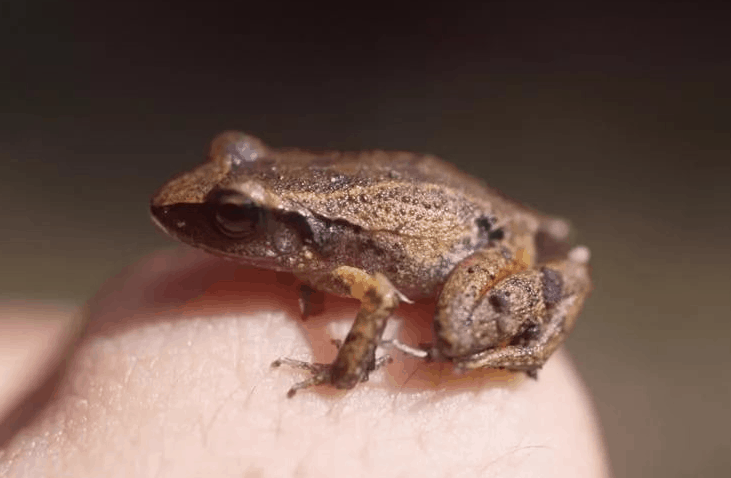 Cuban whistlers – the pride of Cuba, endemic (a specific part of the flora or fauna that lives in a particular area). Their body length reaches 11,7 mm, females are somewhat larger than males. The color varies from brown to dark brown. Two bright stripes (yellow or orange) run along the body.
Cuban whistlers – the pride of Cuba, endemic (a specific part of the flora or fauna that lives in a particular area). Their body length reaches 11,7 mm, females are somewhat larger than males. The color varies from brown to dark brown. Two bright stripes (yellow or orange) run along the body.
Frogs are diurnal. Their name speaks for itself – they are excellent singers. The diet consists of ants and small beetles.
The number of Cuban whistlers is gradually decreasing. If this continues, the species will be threatened with extinction. The habitat is shrinking. Natural biotopes replace coffee plantations and pastures. Part of the habitat of frogs is protected, but it is negligible.
2. Rhombophryne proportionalis
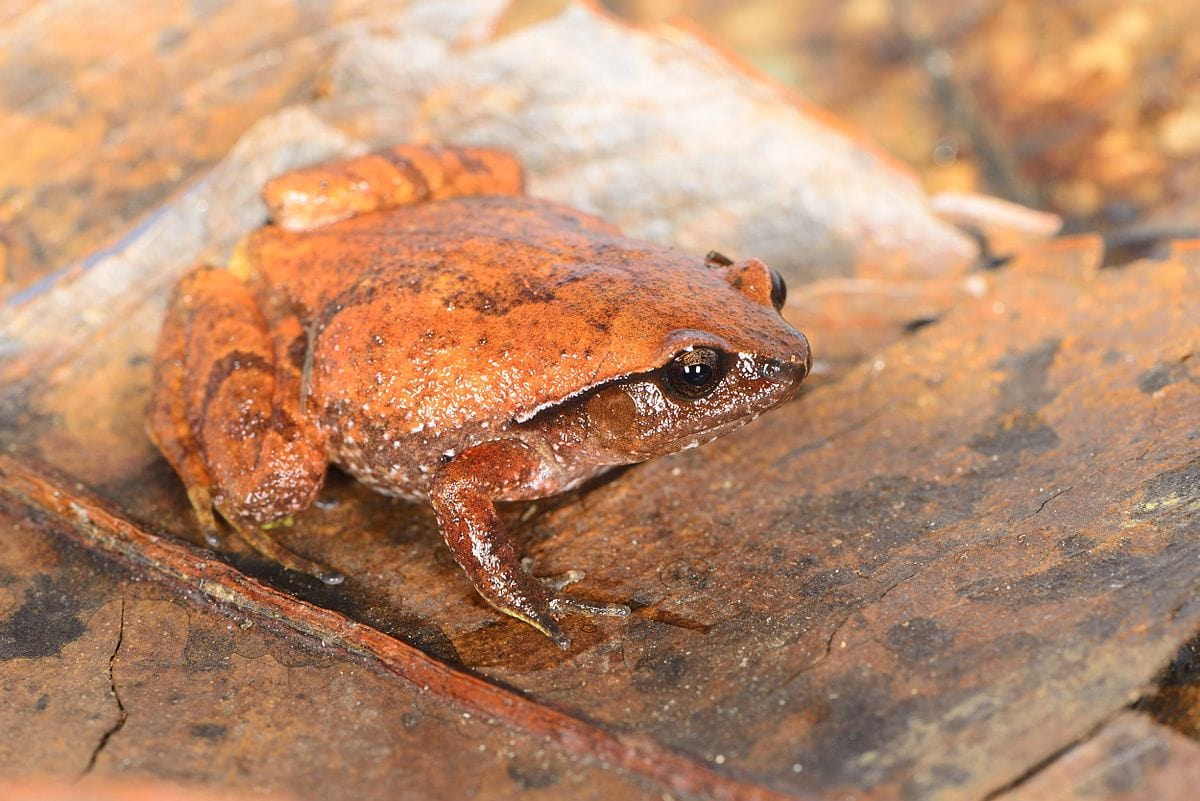 Common name for several types of frogs. They live exclusively in Madagascar. There are about 23 varieties in total. Rhombophryne proportionalis, although there is no information about 4 of them.
Common name for several types of frogs. They live exclusively in Madagascar. There are about 23 varieties in total. Rhombophryne proportionalis, although there is no information about 4 of them.
“Diamond” frogs have a very modest body size (length up to 12 mm), a variety of colors. Little is known about animals, but scientists are studying them. So, in 2019, 5 new species of these frogs were discovered.
1. paedophryne amauensis
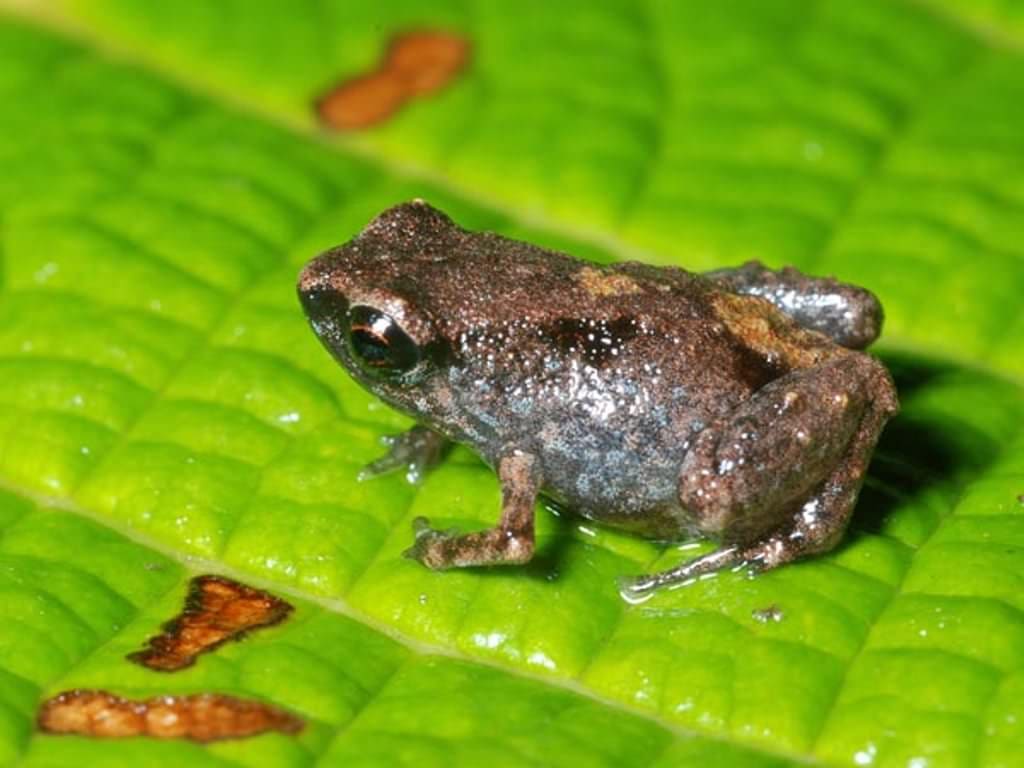 Habitat Papua New Guinea. Endemic. Tiny tailless, their body length does not exceed 8 mm, they are no larger than a grain of rice in size. They live in the forest floor of tropical forests; thanks to their camouflage color, it is simply unrealistic to notice them. Colors – dark brown, brown.
Habitat Papua New Guinea. Endemic. Tiny tailless, their body length does not exceed 8 mm, they are no larger than a grain of rice in size. They live in the forest floor of tropical forests; thanks to their camouflage color, it is simply unrealistic to notice them. Colors – dark brown, brown.
Paedophryne amanuensis were identified relatively recently, in 2009, by ecologist Christopher Austin and graduate student Eric Rittmeyer. The frogs found themselves with a loud chirp that sounded more like the sounds made by insects.
Paedophryne amanuensis is currently the smallest vertebrate in the world. Although scientists believe that the fauna of New Guinea has not yet been fully studied, and over time, many more interesting things can be found there. Who knows, maybe soon the record of these frogs will be broken?



